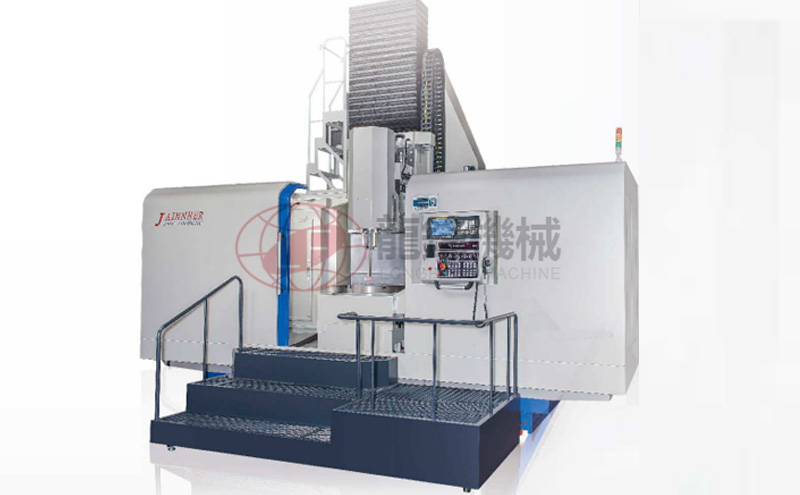The surface hardness of high-precision mirror shaft rods has multiple important effects on their performance under high load and high-speed operating environments, as follows:
Wear resistance
During high load and high-speed operation, the surface of the shaft rod will experience frequent and strong friction with other components. If the surface hardness is insufficient, the surface of the shaft rod is prone to wear, resulting in an increase in surface roughness and the destruction of the mirror effect, which in turn affects the accuracy and stability of the equipment. And higher surface hardness can effectively resist this friction loss, maintain the integrity and smoothness of the shaft surface, extend the service life of the shaft, and ensure that the equipment can still maintain high precision during long-term operation.

Fatigue resistance
High load and high-speed operation will subject the shaft rod to significant alternating stress. A shaft rod with appropriate surface hardness can better withstand these stresses and reduce the occurrence of surface fatigue cracks. A higher hardness can make the surface material of the shaft rod less prone to plastic deformation during repeated stress, thereby improving the fatigue resistance of the shaft rod, reducing the risk of damage caused by fatigue failure, and ensuring the safe and reliable operation of the equipment.
carrying capacity
The surface hardness is directly related to the load-bearing capacity of the shaft rod. Under high load conditions, the surface of the shaft rod with high hardness can withstand greater pressure and is less prone to deformation, indentation, and other problems, ensuring that the shaft rod maintains good mechanical properties when transmitting power and bearing loads, and ensuring the normal operation of the equipment. If the surface hardness is not sufficient, the shaft rod may experience deformation such as bending and twisting due to the inability to withstand high loads, affecting the performance and accuracy of the entire equipment.
Lubrication performance
Although the shaft rod is lubricated during operation, surface hardness still has an indirect impact on lubrication performance. Appropriate surface hardness helps maintain the flatness and smoothness of the shaft surface, allowing lubricating oil to form a uniform oil film on the surface, providing good lubrication and reducing friction and wear. If the surface hardness is uneven or too low, it may cause oil film rupture, affect lubrication effect, increase friction loss, and even cause overheating, further affecting the performance and service life of the shaft rod.








